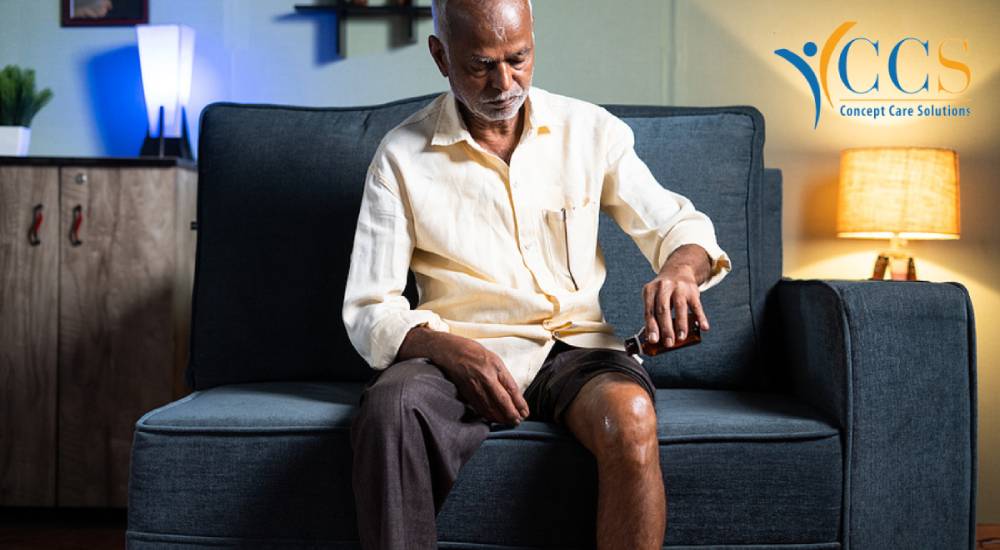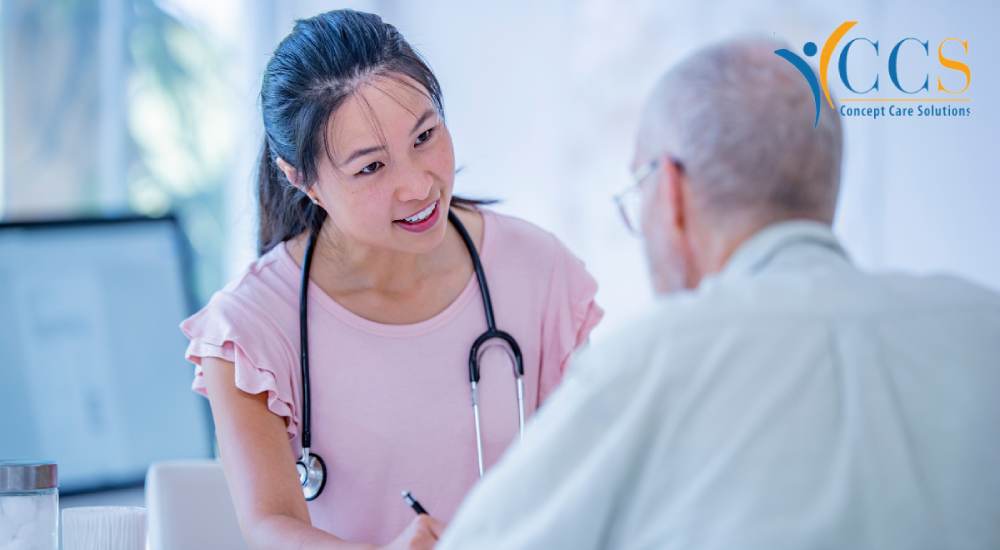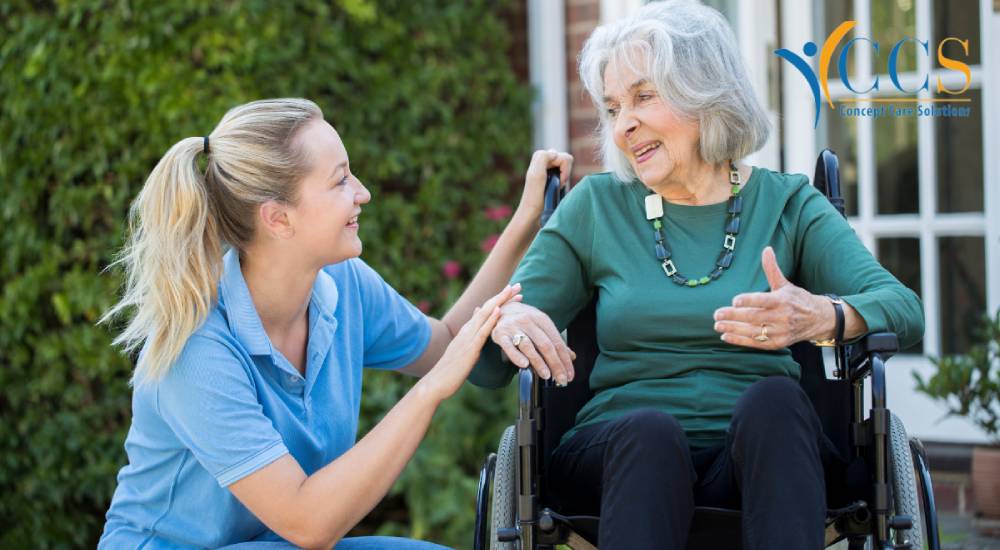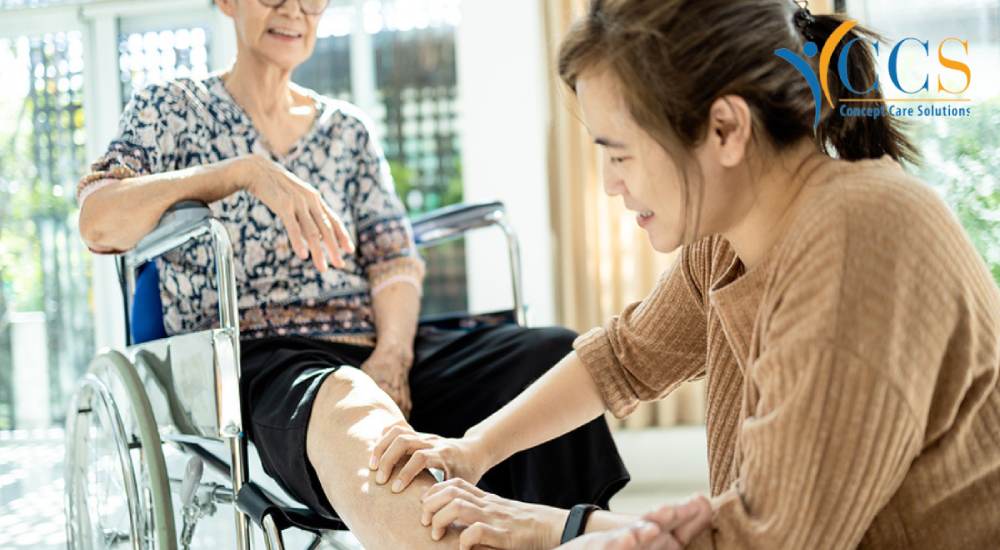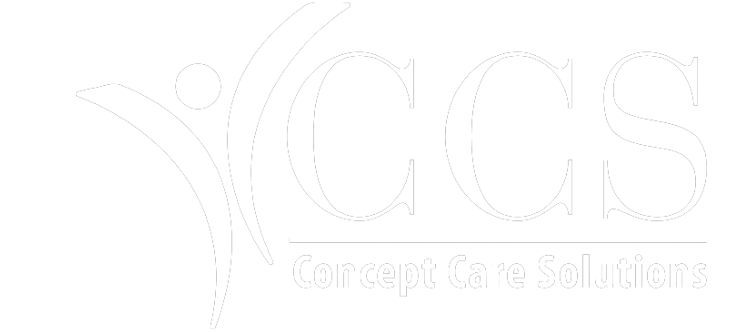As we get older, one of the biggest risks we face where our health is concerned comes from slips, trips and falls, and the older we get the higher our chances of having a fall.
Hazards within the home are often the cause of such incidents, with issues like loose mats and rugs, clutter on the floor and stairs, furniture arrangements, slippery flooring and poor lighting all contributing to the risk, so it’s certainly worth going through the house to make sure that it’s safe for you to navigate your way through.
However, personal risk factors are also something to take into account, including the likes of weaker muscles, taking medication that causes dizziness, drinking too much alcohol, foot problems, poor balance, vision/hearing problems and so on.
Regardless of why you may have fallen, it’s always advisable to seek medical advice and see your GP if you’ve had an incident of this kind, no matter the severity, as it’s possible that it could be indicative of a new underlying condition that’s starting to take hold, such as an infection, dehydration, delirium or constipation.
It’s also important to know what to do immediately after a fall, which can still happen even if you’ve followed all the guidance and implemented all the recommended precautions.
So, to that end, here’s how to get up safely after a fall.
- Slowly roll onto your side and then push yourself up into a crawling position so you’re on your hands and knees. Crawl towards something sturdy, such as the sofa, table or chair. If your knees are bad and you’re unable to crawl, another option is to roll over to the furniture, or scoot along on your behind.
- Once you’ve reached your sturdy object of choice, position your hands firmly on it and lead with your stronger leg to push up into a half-lunge before finally rising up to stand. If you’re unable to stand, try to turn your body so you can sit or perch on the furniture.
- Go slowly and don’t try to rush to get up. You may run the risk of causing further injury if you don’t take your time recovering yourself. Once you’ve pulled yourself up onto the furniture, take a few minutes to gather yourself and calm your state of mind, as getting up too quickly can see you fall again.
If your private nurse, healthcare provider or friends and family are around when you fall, they will be able to help you get up but bear in mind that it can be difficult for a third party to help you get up and it can potentially make things worse if not carried out correctly.
It is usually advisable to call an ambulance so a paramedic can help if there’s no one on site who’s been trained in this kind of care provision.

